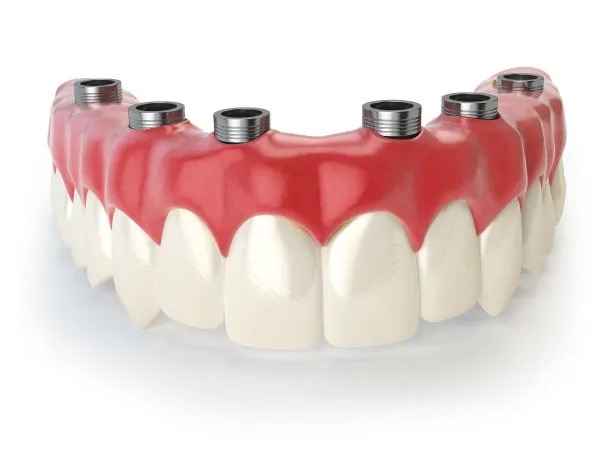Essential Guidelines and Precautions to Follow Before Undergoing Dental Filling Procedures for Optimal Results
Summary: This article provides essential guidelines and precautions to take before undergoing dental filling procedures, aimed at ensuring optimal results. Dental fillings are critical for maintaining oral health, but proper preparation can significantly enhance the effectiveness of the treatment. We will explore the importance of selecting a qualified dentist, understanding different filling materials, managing pain and anxiety, and following post-procedure care. Each of these aspects is essential for a successful dental filling experience, ensuring patients not only achieve great results but also feel comfortable throughout the process.
1. Importance of Choosing a Qualified Dentist

One of the most crucial steps before undergoing a dental filling procedure is selecting a qualified and experienced dentist. A skilled dentist possesses the training and knowledge necessary to assess the condition of your teeth accurately and determine the best filling options. Its essential to seek a dentist with a good reputation and positive patient reviews, as this reflects their proficiency and care.
Additionally, patients should consider the dentist’s specialization. Some dentists focus more on cosmetic dentistry, while others may specialize in restorative procedures. A dentist well-versed in filling procedures will not only provide better quality care but also offer insight into aftercare and manage any potential complications effectively.
Lastly, dont hesitate to ask for recommendations from friends or family. Personal testimonials often give valuable insight into a dentists skill level and bedside manner, ensuring you feel comfortable and confident in your choice.
2. Understanding Different Filling Materials
Dental fillings come in various materials, each with distinct properties and benefits. Before the procedure, patients should educate themselves about these materials to make informed choices. Common options include amalgam, composite resin, gold, and porcelain. Amalgam is durable and cost-effective, making it ideal for back teeth, while composite resin offers a tooth-colored finish perfect for visible areas.
Understanding the pros and cons of each material can also help in discussing options with your dentist. Factors like durability, aesthetic preference, and cost are essential to consider when selecting the suitable material for your fillings. Engaging the dentist in conversation about these options allows for tailored recommendations based on your unique dental needs and lifestyle.
Patients should also be aware of any known allergies or sensitivities to specific materials. Informing your dentist of any such issues will ensure that the filling material chosen is safe and suitable for your oral health profile.
3. Managing Pain and Anxiety
Anxiety and fear are common feelings before dental procedures, including fillings. Managing these emotions is crucial for a positive dental experience. Patients can take several steps to reduce anxiety, such as discussing their fears with their dentist beforehand. A good dentist will take the time to explain the procedure in detail, alleviating concerns through knowledge and understanding.
Additionally, sedation options are available for patients who might find traditional numbing techniques insufficient to manage their anxiety. Whether through oral sedatives or nitrous oxide, these options can help patients relax while maintaining awareness during the procedure.
Practicing relaxation techniques, such as deep breathing or mindfulness, can also aid in alleviating pre-procedure tension. These methods not only soothe the mind but can also lead to a more successful and less stressful dental filling experience.
4. Following Post-Procedure Care Guidelines
Post-procedure care is as vital as the preparation leading up to a dental filling. Following your dentist’s care instructions ensures optimal healing and longevity of the filling. Patients should be mindful of avoiding hard or sticky foods for a certain period, as these can dislodge or damage the filling.
Monitoring the treatment site for signs of complications, such as persistent pain or swelling, is also important. If any unusual symptoms develop, follow up with your dentist as soon as possible to address potential issues promptly.
Furthermore, maintaining good oral hygiene post-filling plays a crucial role in the longevity of the filling itself. Regular brushing, flossing, and dental check-ups will not only keep your filled tooth in great shape but also ensure that surrounding teeth remain healthy, preventing future dental issues.
Summary:
In conclusion, undergoing a dental filling procedure requires more than just visiting a dentist; effective preparation and care are vital to achieving optimal results. Patients should prioritize finding a qualified dentist, educate themselves about filling materials, manage related anxieties, and adhere to post-procedure care guidelines.
This article is compiled by Vickong Dental and the content is for reference only.



